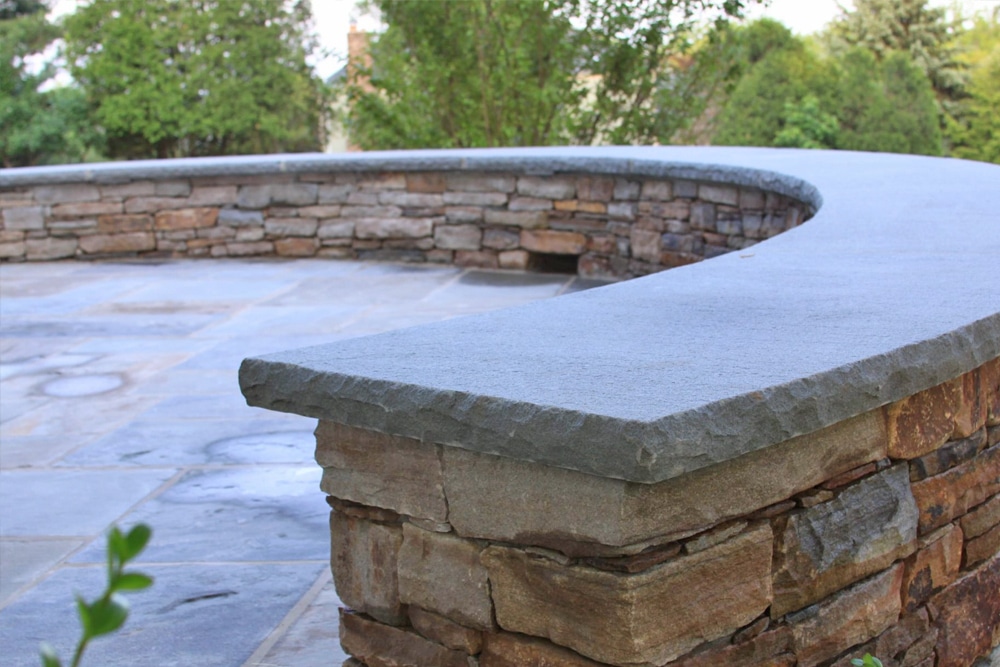
The Comprehensive Guide to Landscaping Stones Across New York’s Diverse Cities
Landscaping stones are vital components in creating aesthetic, sustainable outdoor spaces. Across New York, from the bustling streets of Yonkers to the historic settings of Poughkeepsie, these materials serve not only as decorative elements but also play crucial roles in environmental management and urban planning. This guide will delve into the different types of landscaping stones used across New York, discussing their benefits, and highlighting their applications in specific cities.
Exploring Types of Landscaping Stones and Their Features
Diverse Stones for Diverse Environments
Landscaping stones vary widely in type, each suited to different needs and environments:
- Pebbles: Small and versatile, perfect for filling spaces between stepping stones or in garden beds.
- Gravel: Ideal for driveways and drainage systems, available in various sizes and colors.
- Flagstones: Large, flat stones, excellent for creating natural-looking pathways and patios.
- River rocks: Typically smoothed by natural water erosion, used in beds and as decorative borders.
- Boulders: Large and impactful, used as centerpieces in gardens or for creating natural barriers.
Key Benefits of Each Stone Type
Each landscaping stone type offers specific advantages:
- Pebbles: Enhance soil drainage and are easy to spread.
- Gravel: Provides excellent weed control and is highly durable.
- Flagstones: Offer a stable walking surface that blends well with natural surroundings.
- River rocks: Contribute to moisture retention in soil, reducing watering needs.
- Boulders: Serve as natural art pieces and focal points in landscape designs.
Benefits and Practical Applications in Urban and Suburban New York
Urban Stone Applications in New York Cities
In New York’s cities, such as Buffalo and Rochester, landscaping stones are essential for creating functional, yet attractive, urban green spaces. They are particularly valued for their ability to fit into tight urban spaces and for their low maintenance requirements.
Suburban Adaptations: Beautifying and Protecting
In suburban areas like New Rochelle and White Plains, landscaping stones help define property boundaries, support soil health, and add aesthetic value to residential landscapes. They are also used in local parks to create durable, accessible paths that withstand the changing seasons.
Tailored Stone Solutions for Specific New York Cities
Custom Uses of Landscaping Stones in Key Locations
Different cities in New York utilize landscaping stones in ways that reflect their unique geographic and cultural characteristics:
- Syracuse: Uses river rocks in public gardens to complement its historical architecture.
- Albany: Employs pebbles in city beautification projects to enhance visual appeal and urban sustainability.
- Mount Vernon: Incorporates boulders in municipal parks to create rustic, inviting landscapes.
- Schenectady: Utilizes gravel in playgrounds for safety and accessibility.
- Utica: Chooses flagstones for restoring historic walkways, preserving the city’s heritage.
Choosing the Right Stone: A Guide for New Yorkers
Selecting the appropriate landscaping stone involves considering the climate, local environment, and the specific aesthetic goals of the project. Durability, color, and texture are key factors that must align with the intended design and functional use.
Installation Insights: Ensuring Success with Landscaping Stones
Proper installation is critical to maximizing the benefits of landscaping stones. This includes preparing the site, ensuring adequate drainage, and using the right tools and techniques to secure the stones in place.
Highlighting Quality and Tradition: Local Stone Suppliers
As we explore the role of landscaping stones in enhancing New York’s cityscapes, it’s important to recognize local suppliers like Wicki Wholesale Stone, Inc. who provide quality materials. These businesses understand the local environment and offer products that meet the specific needs of New York’s diverse urban and suburban landscapes.
